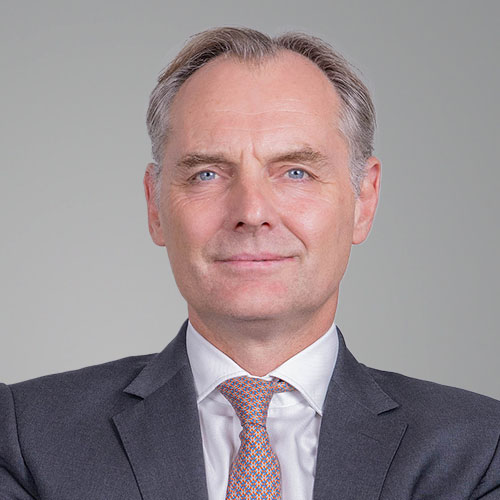In 2022, a survey by BNP Paribas AM and Coalition Greenwich showed that 88% of wholesale investors and 36% of institutional investors were keen on thematic strategies.
Two years on, with disruptive events such as the war in Ukraine and central banks’ tightening their monetary policies in between, how much of their appeal have these products retained? What is the current state of the industry (funding, assets etc.)?
Thematic investing didn't emerge just three or four years ago; it began nearly a decade ago, primarily driven by the evolving ESG landscape. As many investors viewed thematic investments as a promising long-term strategy and they were willing to adopt a more focused investment approach, the thematic investment offering surged.
However, 2022 marked a turning point, as the market underwent dramatic changes, including rising interest rates. This led to a rebalancing of thematic investments, with some themes struggling to align with investor preferences, such as those related to defence.
Additionally, investors began to realise that diversifying across various themes resulted in portfolios that were complex and difficult to assess. Consequently, many opted to simplify their strategies and return to more diversified portfolios.
With this in mind, what should we expect in the years to come?
When interest rates rise, investors often seek simpler solutions. Recently, many have shifted from thematic investments to more diversified global equity portfolios.
While there are still opportunities for long-term thematic investments, they shouldn't be the core of your portfolio. Instead, they can serve as satellite investments. To build a sustainable and diversified portfolio over time, it's important not to rely solely on thematic products, as this can lead to a loss of control over your overall investment strategy.
What are the investment themes of the future and what advantages/criticalities do they present?
Fixed income remains attractive, particularly from a carry perspective. We believe we are coming up to a soft landing rather than a hard landing, suggesting a generally positive outlook for credit.
With increasing geopolitical instability, do you think that defence can also be included in the group? In fact, the new European Commission seems to want to focus on this front, and even Nato has repeatedly urged member countries to increase spending in this sector. All this while research such as that conducted by Morningstar places products in this category at the top of the performance rankings.
The world today is markedly different from what it was 30–40 years ago. There is likely to be less resistance from an ESG perspective when it comes to investing in companies that produce conventional weapons. However, investments related to controversial weapons will likely continue to be shunned by most investors, as these areas remain widely undesirable for ethical reasons.
What do you think about healthcare, in relation to the demographic transition, and infrastructure, in the wake of the Recovery Plan and IRA?
Some thematic investments are more long-term in nature. We recognise that demographic transitions are occurring, and many countries will need to invest significantly in infrastructure, with the private sector playing a crucial role. This asset class is likely to continue performing well and will be highly favoured. For pension funds, infrastructure offers excellent liability matching, providing predictable cash flows and good decorrelation from the fixed income market.
Another phenomenon in the spotlight is the growth of allocations to hedge funds, with investors returning to them after being discouraged by their performance in the period between the financial crisis and 2020. What factors are driving this trend and where do the biggest opportunities lie?
There are various strategies in the hedge fund world, and we particularly favour macro managers and long/short equity or credit strategies. These approaches can deliver strong returns with constrained volatility, which is a key expectation for hedge funds.
We are entering a phase where hedge funds can continue to generate good returns. For nearly 18 months, they have been consistently delivering solid performances. Several factors contribute to this: the level of carry has become more significant, and the dispersion between sectors provides ample opportunities for arbitrage.
We believe that conditions are favourable for extracting value from global macro, long/short, and arbitrage strategies. Additionally, we see potential in private markets, especially in private debt. As interest rates begin to decline, this area is likely to become increasingly attractive, offering a solid income target for investments.









